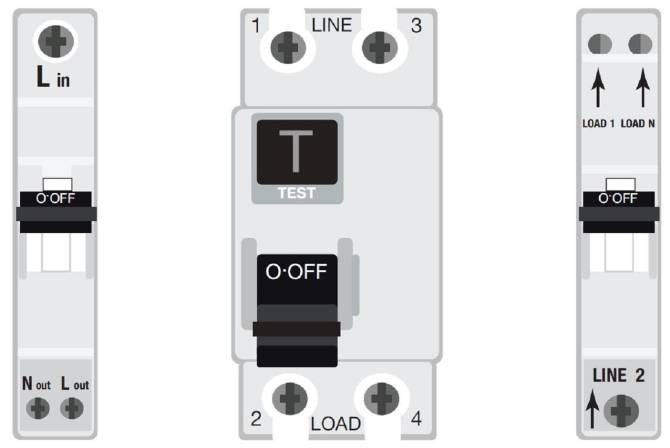Ensuring Safe Connections for RCDs and MCBs in Modern Power Systems
In our rapidly evolving energy landscape, integrating various power sources like battery storage, photovoltaic (PV) systems, and electric vehicles (EV) into home and grid supplies presents new challenges and opportunities. The correct connection of Residual Current Devices (RCDs) and Miniature Circuit-Breakers (MCBs) is critical for maintaining safety and compliance. The latest technical bulletin from BEAMA provides essential guidelines to navigate these complexities.
Understanding RCDs and MCBs
Residual Current Devices (RCDs) are designed to protect against electric shock by disconnecting a circuit whenever there is an imbalance between live conductors, indicating a leakage current. Miniature Circuit-Breakers (MCBs) protect electrical circuits from damage caused by overloads or short circuits.
Key Standards and Requirements
The bulletin highlights the importance of adhering to BS 7671, the UK standard for electrical installations. Specifically, Regulation 551.7.1 mandates that when a generating set (such as a PV system) operates alongside a mains supply, any RCD providing additional protection must disconnect all live conductors, including the neutral. This requirement is not new; it has been part of best practices since 2007 and is crucial for ensuring complete circuit isolation during a fault.
Solar PV Connections: Navigating Differing Guidance
One of the critical discussions in the bulletin is the connection of solar PV systems to shared circuit RCCBs (Residual Current Circuit Breakers) in dual or split load consumer units. The industry provides differing guidance on whether microgenerators should be installed on the load side of RCCBs shared with other circuits. This ambiguity requires:
- Electrical installation designers to choose the most suitable method for new installations.
- Electrical installation inspectors to determine the appropriate inspection and testing classification code for these setups.
Unidirectional vs. Bidirectional Devices
A significant portion of the bulletin clarifies the differences between unidirectional and bidirectional RCDs and MCBs:
-
Unidirectional Devices: These are marked with "in" and "out" or "line" and "load," or arrows indicating the power flow direction. Such markings must be followed strictly. Incorrect connections, such as attaching power supplies to the load terminals, can permanently impair the device's protective function.
-
Bidirectional Devices: These devices are not marked with specific directions, allowing power supplies to be connected to either set of terminals without compromising safety. This flexibility mitigates potential safety issues, making bidirectional devices a safer choice for complex installations.

Consequences of Incorrect Connections
Incorrectly connected unidirectional RCDs and MCBs can have severe implications. For instance, an RCD connected to the load terminals may have its protective function rendered inoperable, remaining in use without any indication of failure. Similarly, an MCB's arc extinguishing characteristics can be compromised. Therefore, it is crucial to adhere to the manufacturer's connection instructions and, in case of doubt, consult the manufacturer for guidance.
Product Standards and Compliance
The bulletin encompasses product standards for RCDs and MCBs, including:
- BS EN 61008 series for RCCBs without integral overcurrent protection.
- BS EN 61009 series for RCBOs with integral overcurrent protection.
- BS EN 60898 series for MCBs in household and similar installations.
It also extends to devices conforming to withdrawn standards like BS 4293 and BS 3871, emphasizing that the connection principles apply universally to these devices.
The BEAMA technical bulletin serves as a crucial guide for the correct connection of RCDs and MCBs in various power systems. By following these guidelines, we ensure not only compliance with BS 7671 but also the safety and reliability of our electrical installations. As our energy systems become more complex and integrated, such guidance becomes indispensable for professionals in the field.
For more detailed information and other BEAMA publications, visit BEAMA's website.
